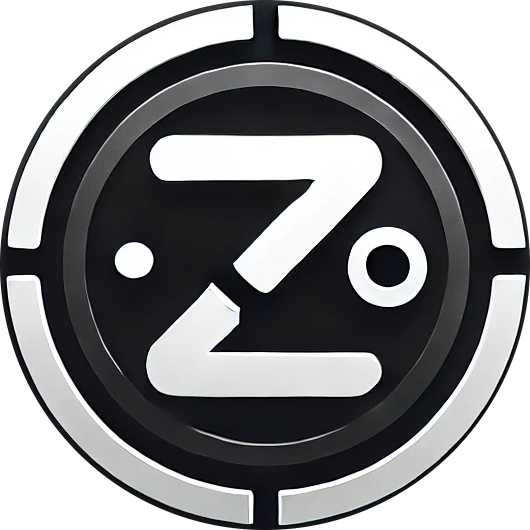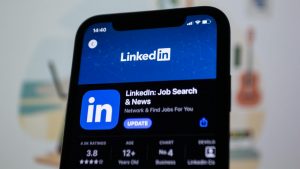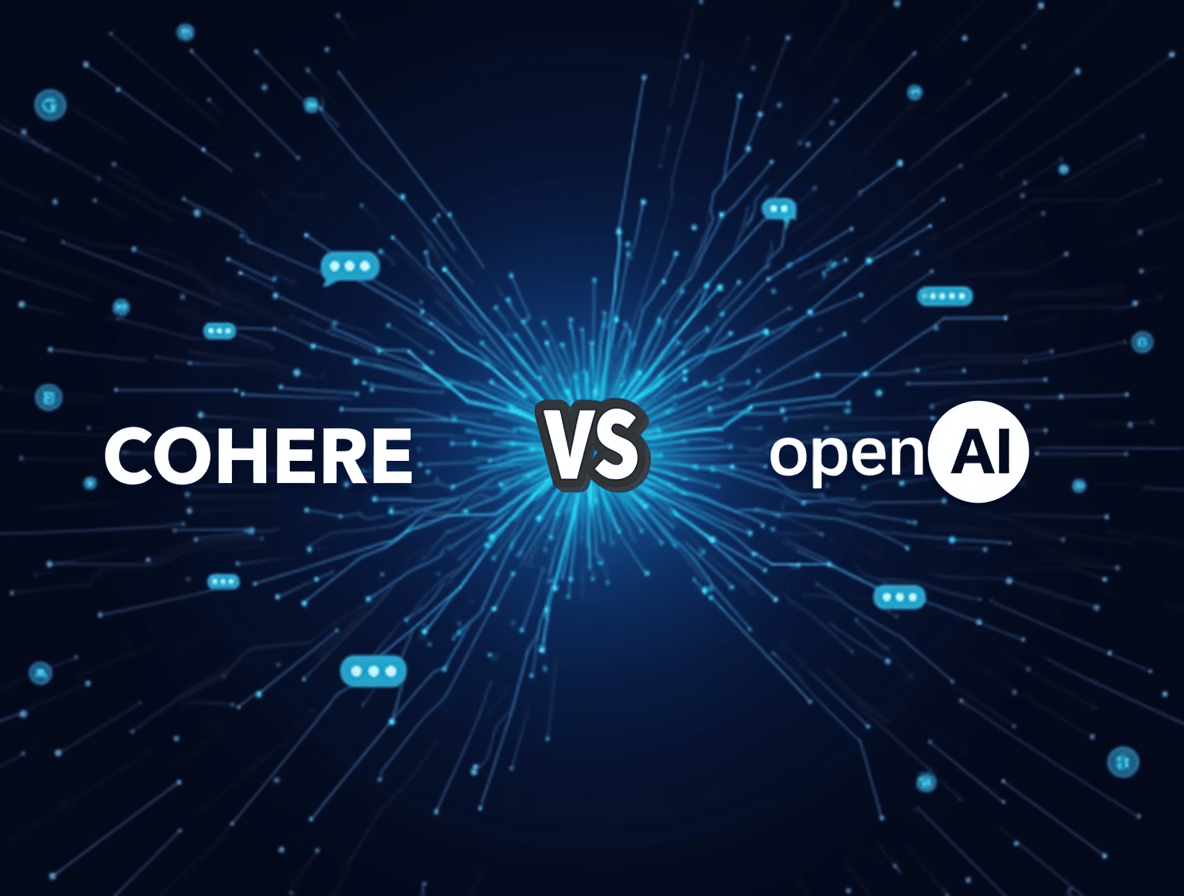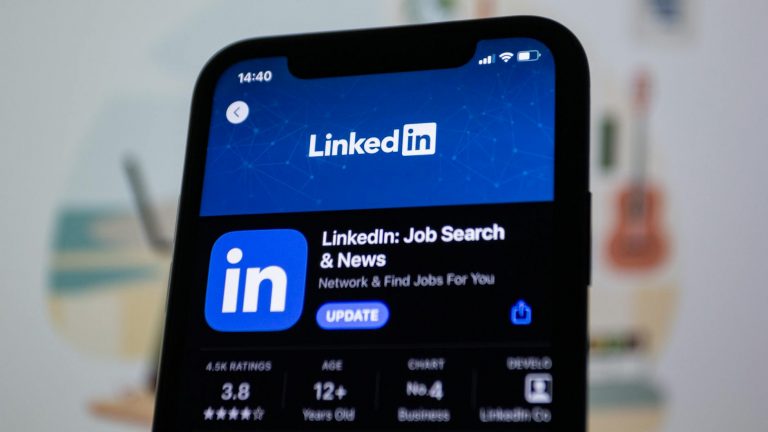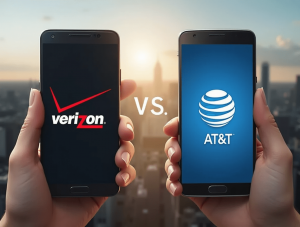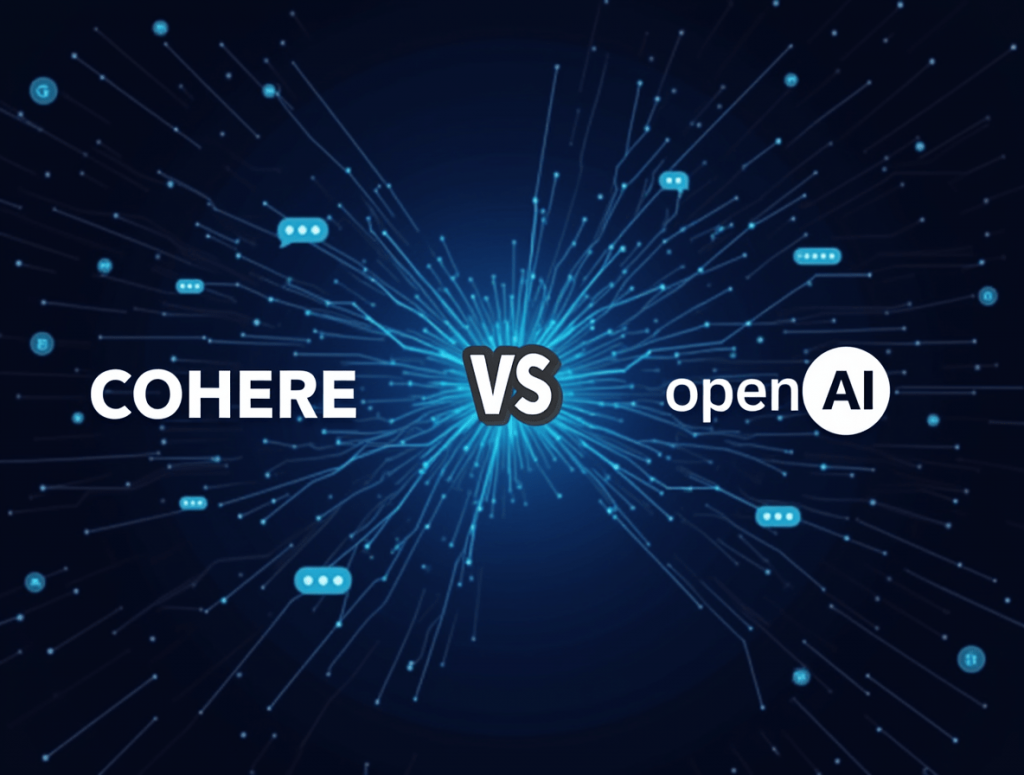
The AI Language Model Showdown: What Business Leaders Need to Know
Did you know that 78% of enterprise companies now integrate some form of natural language processing into their operations? As AI language technologies reshape industries, two companies stand at the forefront of this revolution: Cohere and OpenAI.
For business leaders, developers, and AI enthusiasts, choosing between these platforms isn’t just a technical decision—it’s a strategic one that impacts everything from product development to customer experience. The wrong choice could mean wasted resources, compatibility issues, or missing out on key capabilities your competitors are leveraging.
In this comprehensive guide, we’ll break down how Cohere and OpenAI compare in 2025, examining their technologies, pricing models, and real-world applications to help you make an informed decision about which platform better suits your specific needs.
Understanding the AI Language Model Landscape
The Evolution of NLP Technology
Natural Language Processing has transformed dramatically since the early neural network breakthroughs. What began as basic language understanding has evolved into sophisticated systems capable of complex reasoning, content generation, and understanding nuance and context.
Both Cohere and OpenAI have played pivotal roles in this evolution, but they’ve taken different approaches to solving similar problems.
Who Are the Key Players?
Cohere was founded in 2019 by former Google Brain researchers Aidan Gomez, Nick Frosst, and Ivan Zhang. The company has maintained a strong focus on building language AI specifically for enterprise applications, with particular attention to reliability, controllability, and deployment flexibility.
OpenAI, founded in 2015, began as a non-profit research lab before evolving into a capped-profit company with significant backing from Microsoft. Known for its GPT series models, OpenAI has consistently pushed boundaries in general-purpose AI capabilities.
Core Technology Comparison
Model Architecture and Capabilities
Cohere
- Specializes in command-optimized models designed for business applications
- Known for robust multilingual capabilities across 100+ languages
- Focuses on enterprise-ready tooling with stronger data privacy guarantees
- Pioneer in retrieval-augmented generation (RAG) technologies
- Strong emphasis on embedding models for semantic search and information retrieval
OpenAI
- Offers multi-modal capabilities across text, image, and audio
- GPT-4.5 Turbo delivers higher context windows (up to 128k tokens)
- Known for broader creative capabilities and general-purpose applications
- Stronger consumer-facing integration ecosystem
- Advanced code generation capabilities through Codex technology
Performance Benchmarks
Recent independent evaluations from Stanford’s HELM benchmarks show interesting performance divergence:
| Capability | Cohere | OpenAI |
|---|---|---|
| Factual Knowledge | 87% | 89% |
| Reasoning | 82% | 85% |
| Code Generation | 78% | 91% |
| Multilingual | 92% | 83% |
| Fine-tuning Efficiency | 94% | 82% |
| RAG Accuracy | 90% | 85% |
While OpenAI maintains a slight edge in general knowledge and code generation, Cohere demonstrates superior performance in multilingual applications and fine-tuning efficiency.
Pricing and Accessibility
Cost Structure
Cohere’s Pricing Model:
- Token-based pricing with significant discounts for enterprise volume
- Lower cost per token for embedding models compared to competitors
- Free tier for developers with generous monthly token allowance
- Specialized enterprise pricing for dedicated instances and custom security requirements
- No minimum commitment requirements for most tiers
OpenAI’s Pricing Model:
- Higher base cost per token but more features included
- Multiple tiers based on model recency and capabilities
- Steeper volume discounts at enterprise scale
- Team and organization management features built into pricing
- Greater variance between base and advanced models
For many mid-sized businesses, Cohere’s pricing structure offers better predictability and typically represents a 15-30% cost savings for comparable workloads.
Developer Experience
Cohere:
- Python and JavaScript SDKs with comprehensive documentation
- Specialized enterprise integration support
- Strong focus on embedding and retrieval workflows
- More robust tooling for model fine-tuning with smaller datasets
- Enterprise-focused deployment options including on-premises solutions
OpenAI:
- Broader ecosystem of community tools and integrations
- More extensive documentation and examples
- Stronger no-code/low-code integration options
- Playground interface with more interactive features
- Simpler API structure for beginners
Real-World Applications and Use Cases
Enterprise Integration
Where Cohere Excels:
- Document processing and knowledge management: Cohere’s embedding models and RAG capabilities make it exceptionally strong for enterprises with large document repositories
- Multilingual customer support: Companies operating globally leverage Cohere’s superior multilingual understanding
- Financial services applications: Enhanced control and explainability make Cohere attractive for regulated industries
- On-premises deployment: Organizations with strict data sovereignty requirements favor Cohere’s deployment flexibility
Where OpenAI Leads:
- Creative content generation: Marketing teams often prefer OpenAI’s more creative text generation
- Multi-modal applications: Projects requiring both text and image understanding
- Software development assistance: OpenAI’s code generation capabilities remain superior
- Consumer-facing applications: More established integration with consumer platforms and services
Industry-Specific Solutions
Cohere’s Industry Strengths:
- Legal document analysis and contract review
- Pharmaceutical research and medical literature processing
- Global enterprise communication and translation
- Manufacturing documentation and knowledge base management
OpenAI’s Industry Strengths:
- Media and entertainment content creation
- Educational content generation and tutoring
- Gaming and interactive experiences
- General consumer applications and services
Ethical Considerations and Governance
Data Privacy and Security
Both companies have substantially improved their data handling practices since earlier models, but important differences remain:
Cohere
- Doesn’t retain customer data for model training by default
- Offers more granular data residency options
- Provides stronger audit trails for enterprise compliance
- More flexible deployment options for sensitive data environments
OpenAI
- Has broader default data usage policies
- Offers opt-out options rather than opt-in
- Provides more extensive content filtering capabilities
- More established red-teaming and safety evaluation frameworks
Transparency and Explainability
Transparency has become increasingly important as AI regulations evolve globally:
Cohere:
- More detailed model cards with performance limitations
- Better documentation of training methodologies
- More granular confidence scoring on outputs
- Enhanced tools for output verification and citation
OpenAI:
- More public research publications on safety mechanisms
- Better general documentation on model limitations
- More extensive third-party evaluations
- Stronger focus on alignment research
Making the Right Choice for Your Organization
When to Choose Cohere
Cohere likely represents the better choice if your organization:
- Operates in multiple languages or global markets
- Works with large document repositories requiring semantic search
- Needs fine-tuned models with smaller datasets
- Has strict data privacy requirements or operates in regulated industries
- Requires deployment flexibility including on-premises options
- Prioritizes cost efficiency for large-scale deployments
When to Choose OpenAI
OpenAI might be the preferred option if you:
- Need creative content generation capabilities
- Require multi-modal understanding across text and images
- Focus primarily on code generation applications
- Want the broadest ecosystem of integrations and community tools
- Prioritize cutting-edge capabilities over cost efficiency
- Need consumer-facing applications with established safety guardrails
The Future of NLP: What’s Next for Both Companies
Cohere’s Roadmap
Cohere has publicly shared plans focusing on:
- Enhanced explainability and reasoning transparency
- Expanded enterprise deployment options
- Advanced domain-specific pre-training for industries
- Improved fine-tuning with smaller datasets
- Continued investment in embedding technologies and RAG
- Enhanced multilingual capabilities in low-resource languages
OpenAI’s Direction
OpenAI appears focused on:
- Further multi-modal integration across text, image, and audio
- Consumer product development and ecosystem expansion
- Advancing agent-based architectures
- Broader creative capabilities
- Continued scaling of model size and training compute
- Enhanced coding assistants and development tools
Conclusion: The State of AI Language Models in 2025
The competition between Cohere and OpenAI has ultimately benefited the entire AI ecosystem, driving innovation and specialization. While OpenAI maintains its position as the most recognized name in generative AI, Cohere has established itself as the enterprise-focused alternative with significant advantages in multilingual capabilities, fine-tuning efficiency, and deployment flexibility.
For organizations making strategic decisions about AI integration, the choice between these platforms should be guided by specific use cases, technical requirements, and organizational constraints rather than simply choosing the more familiar name.
As we move through 2025 and beyond, we can expect both companies to continue refining their approaches, with Cohere likely maintaining its focus on enterprise reliability and OpenAI continuing to push boundaries in general-purpose capabilities.
Frequently Asked Questions
Can I switch between Cohere and OpenAI after building on one platform?
While both platforms use similar API structures, transitioning between them typically requires retraining models and adjusting prompts. Cohere offers migration tools specifically designed to ease transitions from OpenAI, but complete compatibility isn’t guaranteed.
How do these platforms handle personal data and privacy concerns?
Both companies have improved their data handling practices significantly. Cohere provides more granular opt-in controls and doesn’t use customer data for training by default. OpenAI offers opt-out options but has broader data usage policies.
Which platform offers better fine-tuning capabilities?
Cohere generally provides more efficient fine-tuning with smaller datasets, requiring less example data to achieve comparable results. OpenAI offers more extensive fine-tuning documentation but typically requires larger datasets.
How do multilingual capabilities compare?
Cohere has invested heavily in multilingual models supporting 100+ languages with more consistent performance across them. OpenAI supports multiple languages but shows performance degradation in non-English languages, particularly for low-resource languages.
What about model hallucinations and factual accuracy?
Both companies have made significant progress in reducing hallucinations. Recent benchmarks show similar factual accuracy rates, though Cohere’s retrieval-augmented generation technology provides slightly better factual grounding in specialized domains.
